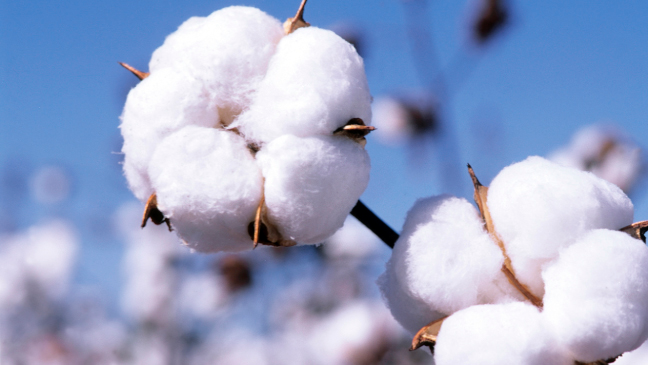
eBusiness Weekly

Cotton industry remains strategic to Zimbabwe’s economy. It sustains about 400 000 households and has potential of significantly generating foreign currency. As a result of inadequate levels of inputs and agronomic support by cotton merchants, which led to low yields, high side-marketing and in poor debt recovery in the past few years, the industry almost collapsed.
In 2014, output fell to 28 000 tonnes, the lowest since 1992. Poor debt recoveries resulted in contractors perceiving a higher level of risk and consequently cutting back on the inputs financing. In 2015, the Government, intervened through inputs subsidies and the industry is back on its feet with production rebounding to 74 0000 tonnes last year.
Business Weekly Writer Martin Kadzere (MK) spoke to Pious Manamike (PM), the MD of The Cotton Company of Zimbabwe, which is administering the Government’s input scheme.
MK: Can you give an overview of the Government’s Presidential Free Cotton Inputs Scheme; how it has helped the resuscitation of the cotton industry and Cottco as a company?
PM: The Government’s Presidential Free Cotton Inputs Scheme has helped the vulnerable marginalised farmers who have been suffering from the high cost of inputs and low producer prices at the same time getting their yields affected by the negative effects of climate change. The farmers have responded positively by going back to the fields and are producing cotton whose volume is growing annually.
MK: Some critics say the programme is not the right model and unhealthy for sustainable recovery of the industry. What is your reaction to this?
PM: Given the state that the industry was in were production was on a free fall, the interventions by the Government was the only solution that was available. In the absence of a viable option to compare and compete against the Government’s solution from the critics who happen to have caused and contributed to the collapse of the industry, the scheme remains the only way forward to resuscitate the industry.
MK: With nearly close to half a million farmers under the programme; this is quite significant. Will you be able to sustain the programme if Government decides to stop?
PM: Funds to finance the industry can always be mobilised but the success of a credit inputs scheme is predicated on a water tight industry control environment where those ginners who finance are protected from side marketing otherwise history will repeat itself.
MK: The Cotton Ginners Association and some players believe the programme has crowded out private firms and is not good for investment. What is your response to that?
PM: All the ginners had crowded themselves out of the industry that had collapsed to 28 000 tonnes. The Government scheme found them out of the industry already and there was a gap for the Government to fill.
MK: There are some transparency issues that have been raised while some veiled attacks have been made on how you are running the programme. What do you say about this?
PM: Our operations are very transparent. We receive inputs from the Government, we disburse those inputs in the presence of Agriculture and Marketing Authority officials who are an extension of the Government and these inputs have been arriving to the farmers on time for the season. The attacks are coming from our distracters; those that feel threatened by the Government Scheme.
MK: What is your response to suggestions that the industry reverts to a state controlled monopoly modelled along the lines of Cotton Marketing Board disbanded in 1994?
PM: The cotton industry has been in private hands since 1997 and what the private players have managed to do is to maintain what the CMB was doing without any value addition in terms of volume. The first ten years the volumes were maintained and there was relative sanity in the industry especially the first five years, while the next ten years was the side marketing era and the industry collapsed with a free fall in the final four years. The figures are there for everyone to see and judge
MK: To what extend have you been affected by side marketing and how it has affected the entire industry? Why have we gone from being a global leader in cotton to a pariah?
PM: Side marketing has had a debilitating effect in that those companies like Cottco that were faithful to financing the farmers lost millions of dollars through unpaid farmer debts and this led to the near collapse of Cottco and the departure of Cargill.
MK: As a company, what are you doing to improve productivity; solutions to grower viability?
PM: We are now focussed at improving the yields by pushing up the farmers’ plant population per hectare and improving the nutrition of the plants. We are encouraging farmers to use their fertilisers appropriately.
MK: We have seen suitors openly expressing interest to acquire shareholding in the company. Do you think this is right to have an equity partner in Cottco?
PM: Firstly, when we attract investors to partner us is a positive sign that we are doing things right because no one wants to be associated with failure. Secondly we are in partnership with our Government already and there is still a lot of work to restore the industry to where it must be.
Tempering with the equilibrium and the chemistry that we have struck with the Government will negatively affect the industry as objectives from new partners may differ.



